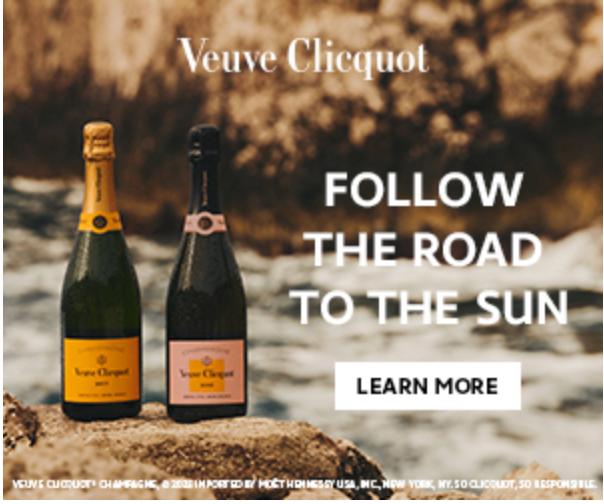Chocolate fans, Do You Understand ‘Bean to Bar’ ? Honeymoon Chocolates Cam Loyet explains it
Honeymoon Chocolates was founded in a dorm room back in 2016 making bean-to-bar craft chocolate sweetened solely with raw honey.
Years later, bean to bar is only getting more popular. But what does it actually mean? Do you know where to go? What to look for or ask for?
So we asked Cam Loyet from Honeymoon Chocolates
What does “Bean to Bar” Craft chocolate mean? Is it as simple as a one sentence answer? Or Is it more complicated?
It’s far more complicated. In itself, it’s a little bit selfish in my opinion. There’s a lot of benefit employing those who work in origin to also manufacture the chocolate. That’s something that we’d be interested in down the road. We just can’t afford it so right now we take all the effort, all the energy and time to do it here in St. Louis.
It’s a really fun process. But you do end up taking a lot of the credit where the credit isn’t necessarily due. A lot of the credits due for the fine cocoa farmers at origin.
Can you walk me through the basic concept?
So in our industry it’s wherever you receive the dry, unfermented cocoa beans. and you roast them. What you’re doing is crafting this flavor and you’re manufacturing a product that otherwise wouldn’t wouldn’t necessarily exist.
If you have the ability to roast [in-house] and you start [you’re own manufacturing process] ]there, you’re ‘bean to bar’.
It just gives a little bit more local sense to chocolate. Whenever you open up a bar, and you don’t know where it’s manufactured and how it’s manufactured, you lose a bit of that local sense. It becomes more of a global or nationwide feel.
l got it. So the beans come from somewhere else, they arrive under your roof and the manufacturing process happens under your roof. So beans come in and a bar comes out, but it all happens under the same roof.
Yes. And it’s traceable. That’s also very important.
So when I’m at a Whole Foods, or any high-end retail groceries, there are many craft chocolate bars. What am I looking for to know the difference?
I love the idea of when a consumer looks at a list of 9 bars, they instantly go ‘is it a dark, milk or or white. If it’s dark, what percentage do I like?’
It starts with, what percentage do they like? And then from there you go into this dialogue with the consumer when they try your product.
But it really does start with what the consumer likes. You can’t necessarily force an 85% bar onto a consumer that enjoys white chocolate.
But you look at the ingredients on them. There are some good makers that use Lecithin just because it makes the product easier to work with, but it does make it less of a clean label product. So you look at the clean label from nutrition.
You are gonna look and see if it’s single origin to check to see where the cocoa comes from. Just because it does highlight the farmers’ work a little bit more. There’s some big makers that combine origins because they have more of a fruity flavor versus a more chocolate-forward cocoa bean. So then they combine them. But I do find that it kind of does take away from the efforts that do happen earlier on in the supply chain.
Thank you, Cam.
Visits Honeymoon Chocolates at: https://hmchocolates.com
On Instagram, at: www.instagram.com/honeymoonchocolates
On Facebook, at: https://www.facebook.com/honeymoonchocolates



